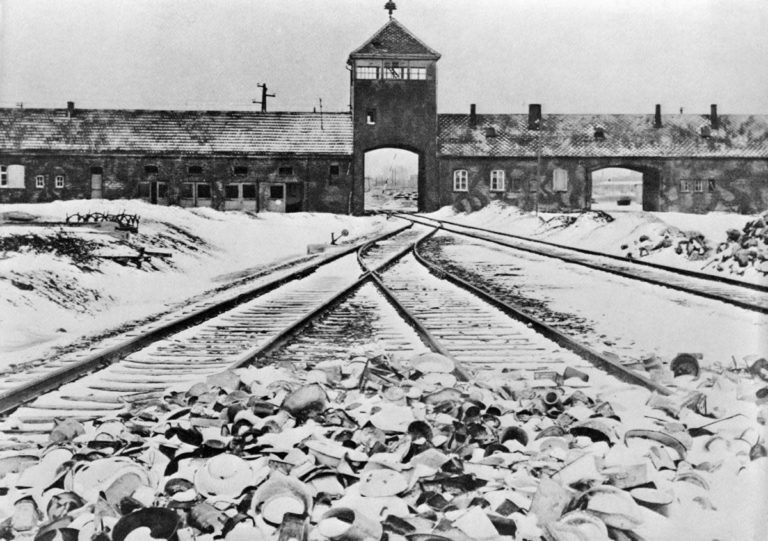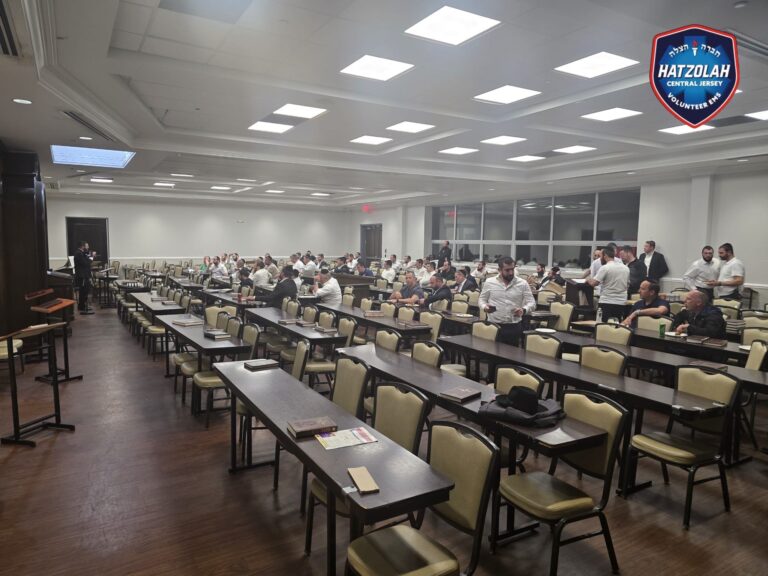 Good morning. I want to thank President Clinton for his leadership on this issue and the Clinton Global Health Initiative for partnering with the NYPD to address prescription drug abuse.
Good morning. I want to thank President Clinton for his leadership on this issue and the Clinton Global Health Initiative for partnering with the NYPD to address prescription drug abuse.
Mr. President, I just want to tell you that when I called John Sexton in search of a prestigious venue for this important subject, he agreed on the spot to host us here at NYU. It’s typical of his leadership of this great institution and another example of how he’s been not only a champion of academic excellence here, but also a true partner with New York City on issues of great importance to the community. So I want to thank President Sexton for that and for having us here today.
I also want to thank all of the students gathered here, for your participation. This is the beginning of what we hope will be a very fruitful partnership with colleges throughout the city, and we’re grateful to have NYU leading the way.
A few examples of why we’re so concerned about prescription drug abuse:
In April of last year, two men entered a crowded drug store in East Harlem. One of them threatened the cashier with a gun and made very specific demands. He said he wanted all the cash and 30 milligram pills of Oxycontin and Percocet. The cashier pressed a panic button under the counter. Three of our officers arrived as the suspects were exiting the store. One man surrendered immediately. The other began firing his weapon wildly at police, who took cover.
From across the street, a retired officer who happened to be filling his car at a gas station joined in the response and shot the gunman dead, ending what could have been a far worse tragedy. It turned out the robber was suspected in four other pharmacy hold-ups in East Harlem and the Bronx, along with several other shootings.
The NYPD has seen firsthand the destructive power of addiction to Oxycontin. One of our own police officers who became addicted to the pills after incurring an injury on the job began robbing drug stores at gunpoint. He, like many others we’ve seen, demanded Oxy by name, but left the cash in an open register untouched. If that doesn’t illustrate the power of addiction, nothing does.
Between 2004 and 2010, the rate of emergency room visits related to painkillers nearly tripled in New York City. The unintentional death rate is also up significantly. Unlike traditional illicit drugs – cocaine, heroin, and the like – the vast majority of painkillers involved in overdoses originate with valid prescriptions. The drugs are also diverted and sold illegally by disreputable doctors, pharmacists, and others who handle prescription drugs. They’re lured by a vast and profitable criminal enterprise.
Over the last two years, our Narcotics Division has investigated more than two dozen cases involving the widespread diversion of prescription drugs. We’ve shut down several large, open air markets where they were sold hand-to-hand.
In response to an increase in opioid-involved deaths of New York City residents, last year Mayor Michael Bloomberg assembled the Task Force on Prescription Painkiller Abuse. As part of this effort, he also announced voluntary emergency room guidelines to prevent prescription drug abuse.
The guidelines, which are being used in all public hospitals in New York City, state that emergency rooms will not prescribe long-acting opioid painkillers. They can only prescribe up to a three-day supply of pain-killers. They will not refill lost, stolen or destroyed prescriptions. In addition, the police department has been working closely with the Mayor’s task force to develop a comprehensive strategy to combat prescription drug abuse.
It includes four main elements. First, we’ve enhanced the training we provide to our police officers about prescription drugs. We teach them how to identify different medications, how to apply the appropriate criminal charges, and the best tactics to use when responding to a pharmacy-related crime.
Second, the NYPD has established a tactical drug diversion task force with the Drug Enforcement Administration. We’ve assigned a sergeant and four detectives to this team. Our partnership with the DEA also gives us access to its vast, national database which tracks the distribution of controlled substances. This is a tremendous asset for our investigations.
Third, we’re working to reduce the number of pharmacy burglaries and robberies. Under “Operation Safety Cap,” we’ve built a database of every licensed pharmacist within the New York City area – nearly 6,000 of them. We’re using this database to visit pharmacists and make specific security recommendations – everything from installing special alarm systems for storage areas to illuminating stores during non-business hours.
We’re also distributing so-called “bait bottles” containing placebo Oxycodone pills to be placed on pharmacy shelves. These bottles have GPS tracking devices on them. In the event of a robbery or theft, we’ll be able to track the bottle which may lead us to stash locations across the city.
Fourth, and most importantly, we’ve developed a citywide awarenesss and education campaign that is heavily focused on universities and schools. We want to reach young people who are especially vulnerable. Together with the city’s Department of Education, we’ve created a lesson plan about prescription drug abuse. It’s currently being delivered to 400,000 students in New York City public schools.
Starting with this event today, members of our Community Affairs Bureau and Narcotics Division will also begin outreach to the city’s colleges. We’ll deliver presentations during freshman orientation and the first few months of the academic year, and we’ll work with college health staffs to foster awareness among students.
Taken together, we’re confident these measures will go a long way to combat this growing problem.
But we can’t do it alone. The young people in this room today are a big part of the solution. We want you to be aware of the serious consequences of prescription drug abuse and what you can do to help. Most of all, we want you to know that there are people who are ready to assist you or anyone you know who is struggling with this problem. Thank you for being here today and for all of your support.
I look forward to answering some of your questions later on.
(YWN Desk – NYC)










